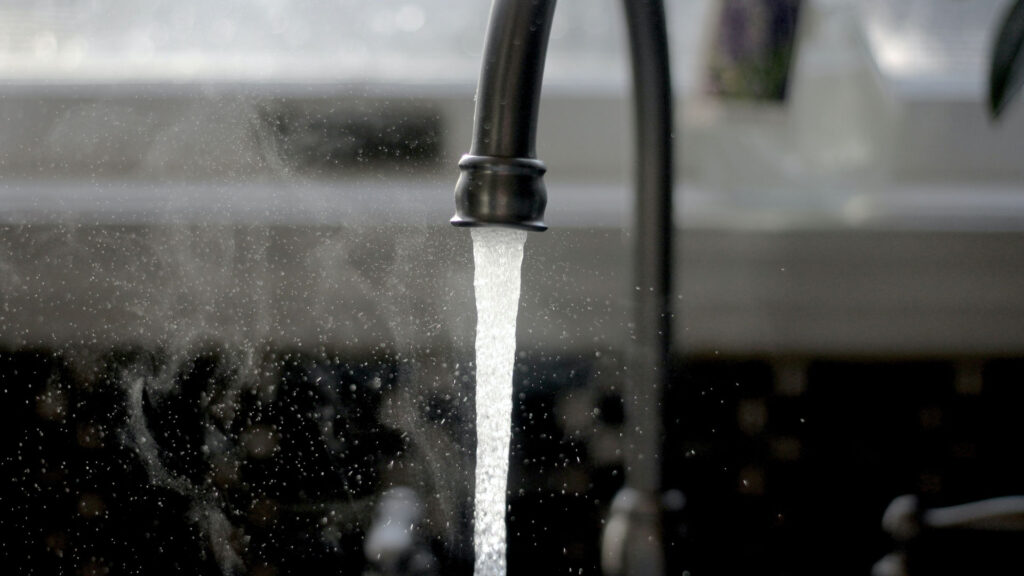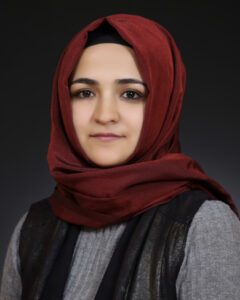ASU welcomes postdoc researcher with support from the American Society for Engineering Education

Pictured: The creation of non-stick or stain-resistant surfaces makes life more convenient, but at what cost to the environment when the chemicals enter water sources? Gamze Ersan is dedicating her postdoctoral research at ASU to answering that question. Photo courtesy of Imani/Unsplash
Gamze Ersan’s research focuses on removing human-made chemicals from water sources
Thousands of everyday products such as food packaging, nonstick cookware, stain-resistant fabrics and waterproof clothing or mattresses contain highly toxic fluorinated chemicals called per- and polyfluoroalkyl substances, or PFASs. Due to their stability, unique surfactant features, oil and water repellency and chemical resistance, these human-made chemicals are highly persistent, non-biodegradable and bio-accumulable in soil, water and living organisms, and they can pose adverse health effects. Therefore, the presence of PFASs in aqueous water is now a global environmental issue.
Gamze Ersan has made PFAS the focus of her postdoctoral research and has recently earned the support of the American Society for Engineering Education by being named a 2022 eFellow. This fall, she is joining the School of Sustainable Engineering and the Built Environment, one of the seven Ira A. Fulton Schools of Engineering at Arizona State University, as a postdoctoral researcher to study ways to improve the methods by which PFAS chemicals are removed from water sources.
According to her Fulton Schools mentor Associate Professor Francois Perreault, the research proposed by Ersan addresses a very vital question for these contaminants: how do we degrade them?
Most solutions focus on removing them from the water, but these methods generate waste such as PFAS-laden adsorbent media. So, removal solutions only displace the problem. Instead, Ersan is combining the adsorption process with electrocatalysis, which can actually degrade PFASs and completely remove them from the environment.
“It is a real solution that can help us get rid of these so-called ‘forever chemicals,’” Perreault says.

Ersan holds a doctorate in environmental engineering from Istanbul University in Turkey and previously served as a postdoctoral researcher at Clemson University in South Carolina. Through the support of the eFellows program, Ersan is provided a salary of $75,000 per year for a two-year period to work alongside researchers at ASU.
The eFellows program was created to place early career engineering researchers with doctoral degrees in university research postdoctoral fellowships and allow them access to hands-on academic research opportunities with the support of a faculty advisor. Each cohort of fellows also gains the opportunity to participate in career development and mentoring activities that prepare them for their future careers.
The program is administered by the American Society for Engineering Education with funding provided by the National Science Foundation.
The proof-of-concept for Ersan’s process regarding the technology hybridization potential was developed from a Phoenix/Scottsdale Groundwater Contamination Endowment seed fund, led by Assistant Professor Sergi Garcia Segura, that supports cutting-edge research efforts at ASU that provide solutions to challenges in Arizona.
“The School of Sustainable Engineering and the Built Environment at Arizona State University is modern science and engineering in action with state-of-the-art scientific laboratories and facilities,” Ersan says. “Through the eFellow program, I feel extremely fortunate to have joined a diverse, welcoming and dynamic interdisciplinary research team.”
Following the completion of her research, Ersan hopes to create a statistical model that can be used to predict the removal of PFASs under varying water treatment conditions. The model is something she hopes can be made available to other researchers working in the field.